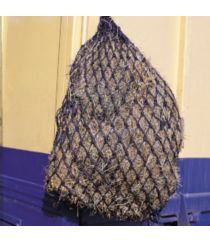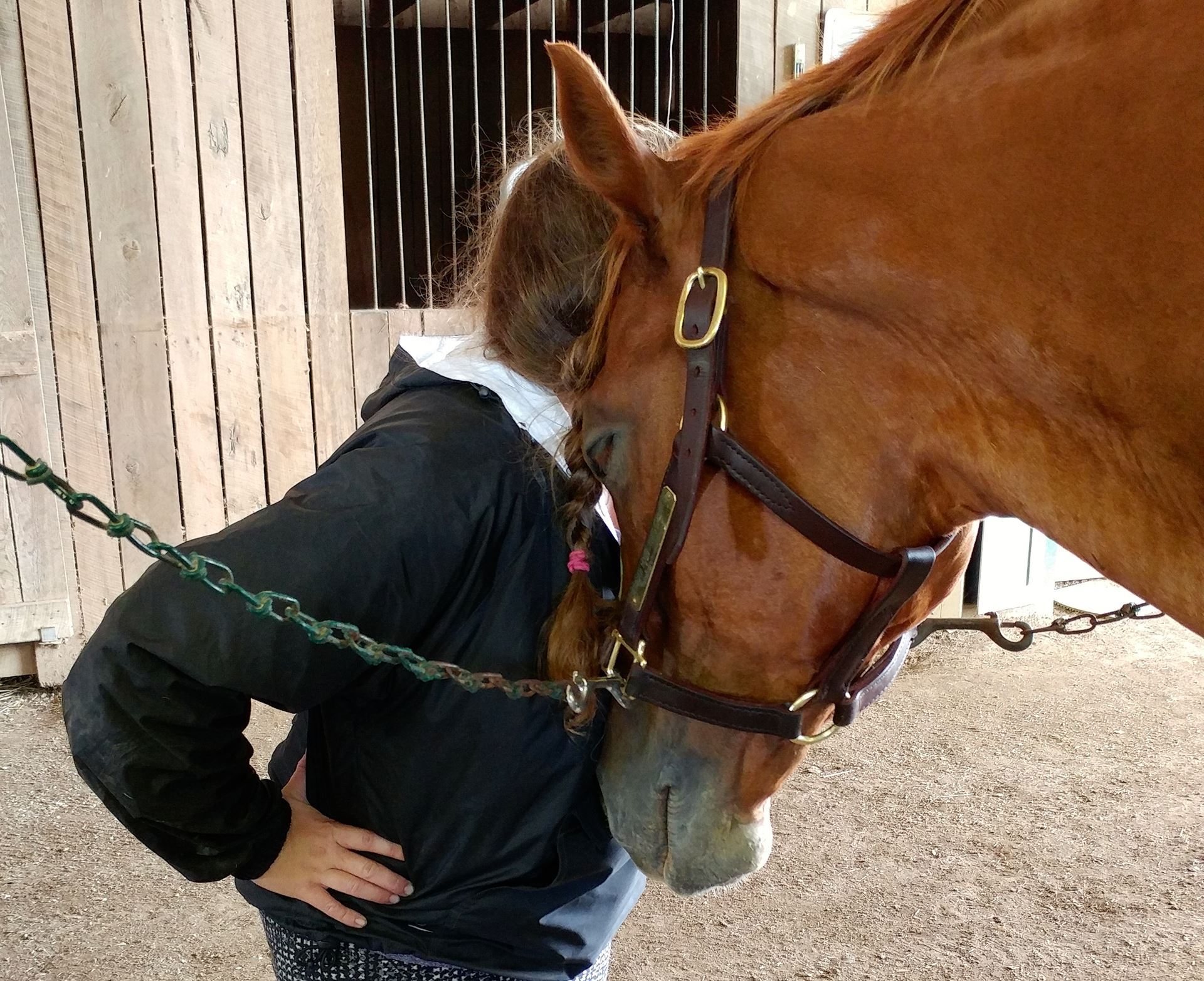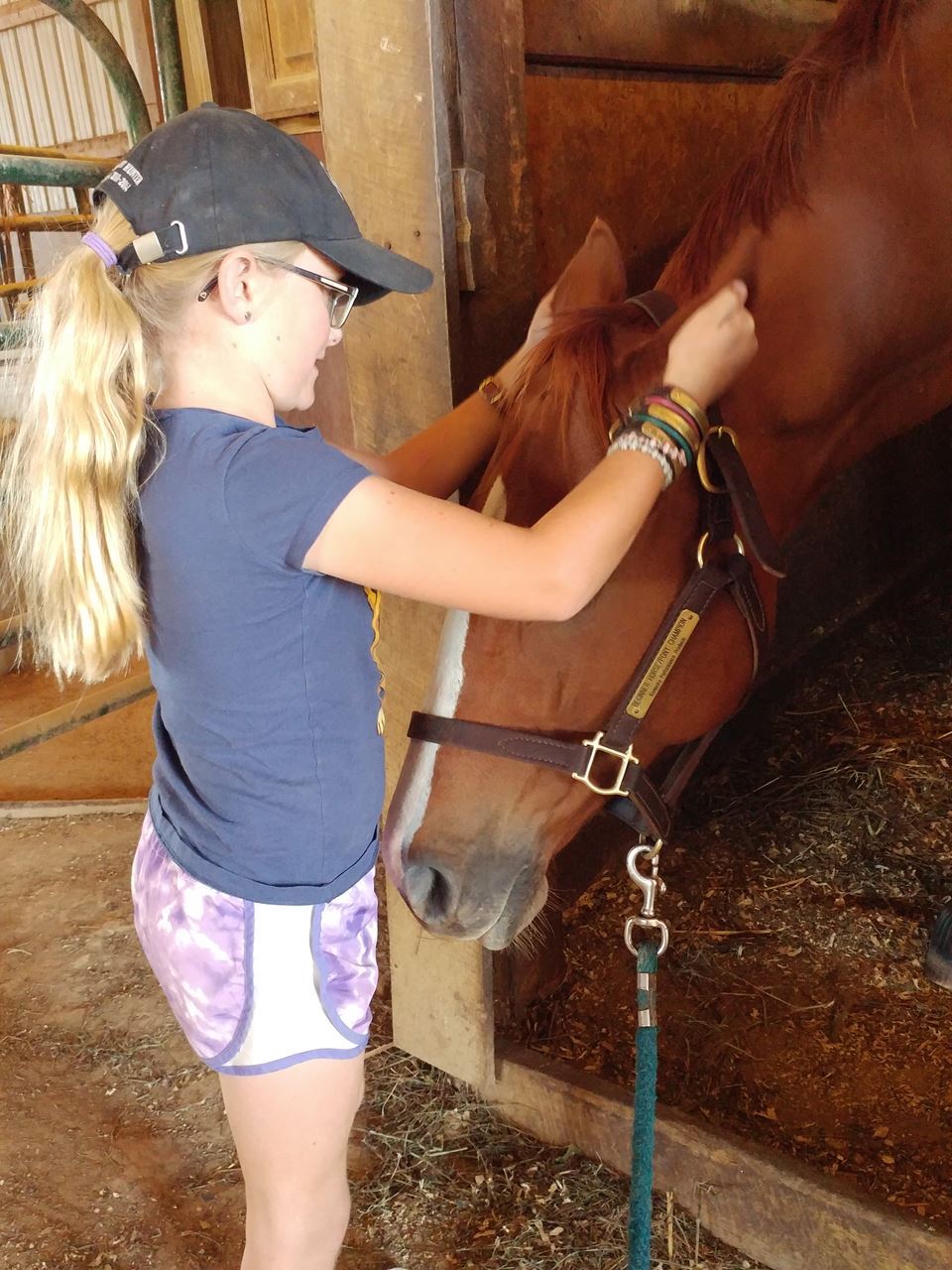Keeping a horse on stall rest can lead to unexpected health and behavior issues in response to being cooped up for days on end. Here are some ways to prevent these unwanted changes in your injured equine.
By Sarah E Coleman

Keeping a horse confined to a stall is sometimes a necessary evil if he is ill, injured or recovering from surgery. While not the most desirable treatment management-wise, minimal movement is sometimes required for a horse to fully heal.
If your horse is used to living outside, being worked every day or even just having a few hours of turnout on a regular basis, switching to being stalled 24/7 could be problematic. This transition can make even the most mild-mannered horse so upset that he develops some health or behavior issues, which could include everything from forming gastric ulcers to kicking at walls and acting unruly when handled.
Here are some ways to help your horse handle stall rest as easily as possible:
Adjust his diet.
If your horse is not in work, he won’t need all the calories he usually gets when he is ridden or shown regularly. You will still need to ensure that he gets adequate vitamins and minerals, but backing down on his grain may help prevent him from having too much energy and gaining too much weight.
Provide a small-hole haynet.

Once your horse has eaten his grain, he needs to have something to occupy his time and his tummy. As equines are designed to constantly move and forage, providing access to hay at all times can help prevent ulcers if he’s not able to constantly nibble grass. It will also prevent him from eating his bedding, which some horses will do if they’re bored.
Consider changing stalls.
This option can work two ways: If your horse gets anxious while watching horses go out to pasture or work in the arena, moving him to a quieter area of the barn may be a good bet to keep him calm. Conversely, if your horse gets lonely and bored, moving him to a stall with a window where he can watch horses in the field, see his buddies being groomed or engage in a high-traffic area of the barn might help to keep him mentally happy. If he enjoys (and respects) a stall guard, consider letting him hang his head out and feeling like a part of the activity.
Leave a buddy in with him.
Is it possible to keep another horse in a stall close to your stall rester to keep him company? Many horses don’t do well if they’re the only horse in the barn, but are typically OK if they can see another horse next door or across the aisle. If it’s not possible to keep a horse in with yours, could you get him a (horse friendly!) goat or chicken to pass the time? If all else fails, consider installing a shatter-proof mirror in his stall so he thinks he has some (very handsome!) company.
Give him some toys.
There are loads of horse toys on the market and each is designed to keep a horse occupied and happy while confined to a stall. Whether they are balls your horse can kick and bite, toys designed to be hung and licked or homemade items like milk jugs filled with stones (without their caps), it’s important that each is used safely, without any way for a horse to get trapped or stuck in them. Large stuffed animals can also be used to keep a horse happy; tying one to a stall door or placing a large one in the back corner of a stall can make a horse not feel as lonely.
Administer drugs to take the edge off.
It can be helpful to use veterinarian-prescribed drugs to take the edge off an extremely rambunctious horse. Whether it’s to ensure the safety of barn workers handling the horse or to keep him quiet enough to heal, a variety or drugs or herbal supplements may be key to keeping him quiet.
Spend time with him.

We all know how boring it is to be sick or injured, and stuck at home with no one to talk to--your horse feels the same way! Spend as much time as you can with him, whether it’s a delivering a good grooming session, teaching him clicker training or simply sitting with him in his stall while he eats or hangs out. While stall rest is no fun, you can deepen your relationship with him if he knows that every time you come to see him, it’s not just to work.
Hand walk or graze him.
If the vet gives the go-ahead for your horse to hand walk or graze, take him out as much as you are able. Some horses tend to like a few shorter sessions outside a stall versus one longer time spent in the fresh air. As always, your safety is most important, so if he’s too overly eager to get outside, make sure you can handle him safely.
Ease the ache of confinement.
As your vet if chiropractic, acupuncture or massage might help your horse feel more comfortable during his confinement. Like people, the more cooped up a horse is, the more likely he may be to develop aches and pains from not being able to stretch and move. Additionally, read up on stretches and basic massage techniques (if your vet OK’s it) to add in to your grooming sessions.
Ask others to stop by and say “hi” as well.

Most horses love attention, whether it’s in the form of treats, a scratch in those hard-to-reach places or a simple soothing word. Ask your fellow barn mates to stop by his stall and check on him when they’re at the barn so he doesn’t feel as isolated.
